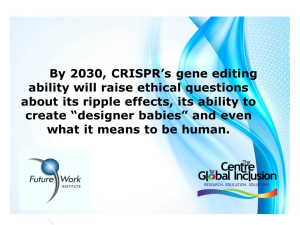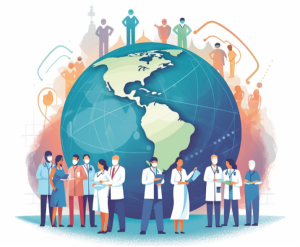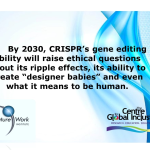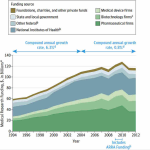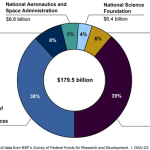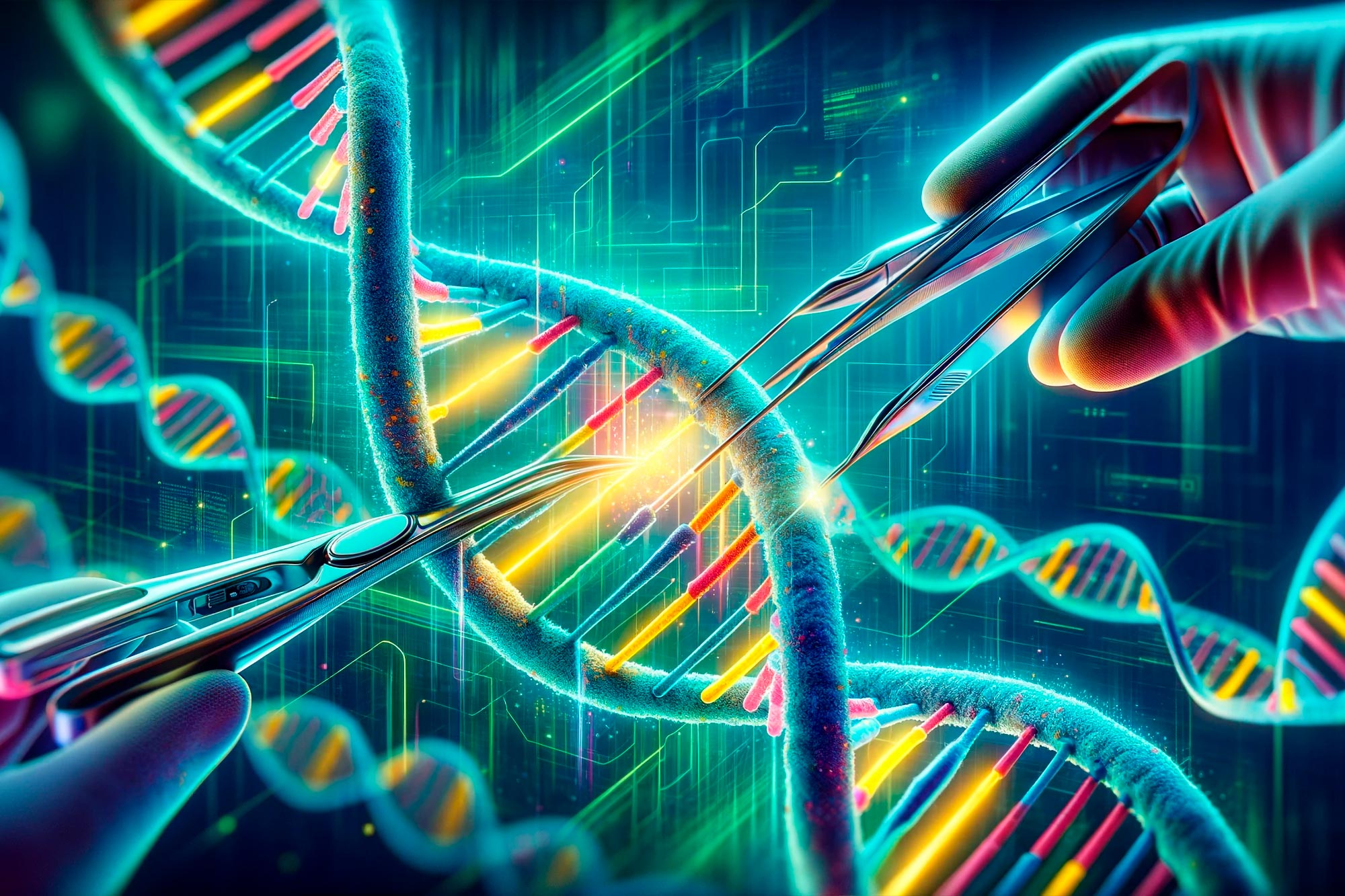Gene editing breakthroughs are revolutionizing the landscape of genetic disease treatment, promising innovative therapies that were once thought to be unattainable. Pioneering scientists like David Liu are harnessing advanced techniques, including base editing and prime editing, which move beyond traditional CRISPR technology to provide precise corrections at the molecular level. These advancements have already shown remarkable success in clinical trials, offering hope to countless patients battling genetic disorders. For instance, the inspiring story of Alyssa Tapley, who overcame T-cell leukemia due to base editing, underscores the life-changing potential of these breakthroughs. As research progresses, the implications for addressing a myriad of genetic conditions continue to expand, inviting both excitement and responsibility for the scientific community.
In recent years, advancements in genetic modification techniques have ushered in a new era in medical science, particularly in correcting hereditary conditions. Core methodologies such as base editing and prime editing have emerged as superior alternatives to traditional gene manipulation methods, like CRISPR, providing higher precision and fewer off-target effects. These cutting-edge approaches not only target specific mutations but also open doors to personalized therapies for individuals suffering from genetic ailments. The ongoing research led by trailblazers in the field is not only reshaping our understanding of genetics but also inspiring hope in patients who have long awaited effective treatments. As the landscape of genetic research evolves, the prospect of curing previously untreatable diseases becomes increasingly possible.
The Impact of Gene Editing Breakthroughs on Genetic Disease Treatment
The field of gene editing has witnessed remarkable breakthroughs in recent years, especially with innovative approaches like base editing and prime editing. Technologies spearheaded by researchers such as David Liu have opened new avenues for the treatment of genetic diseases that were once deemed untreatable. Base editing, for example, modifies DNA at a fundamental level by directly converting one nucleotide into another, enabling precise corrections of common mutations associated with various genetic disorders. This method not only offers a more targeted approach than conventional methods but also minimizes unintended consequences, thereby enhancing patient safety during treatment.
Moreover, this revolutionary technology has already shown promising results in clinical settings. Take the case of Alyssa Tapley, a young patient whose T-cell leukemia was successfully treated through a clinical trial involving base editing. Such success stories highlight the potential of gene editing breakthroughs to transform lives and provide hope to millions suffering from genetic diseases. Furthermore, as research continues to evolve, the integration of prime editing into therapeutic strategies signifies an exciting future for genetic disease treatment, allowing corrections to be made with unprecedented accuracy.
Exploring Base Editing and Prime Editing Technologies
Base editing and prime editing represent two of the most thrilling advancements in gene editing technologies. Developed as a response to the limitations of traditional CRISPR-Cas9, these approaches allow scientists to make alterations to DNA with remarkable precision. Base editing specifically enables the conversion of one DNA base into another, which is crucial for correcting single-letter mutations that underpin many genetic conditions. Meanwhile, prime editing acts more like a sophisticated word processor, identifying and rectifying diverse types of genetic errors by inserting or replacing DNA sequences without causing double-strand breaks.
These technologies are not just theoretical; they have already seen real-world applications in clinical trials targeting various genetic diseases. The meticulous nature of base and prime editing reduces the risk of off-target effects, a common concern with earlier gene editing methods. As ongoing research investigates their full potential, there is optimism about their ability to achieve long-lasting cures for conditions that were previously thought to be incurable, thus revolutionizing the landscape of genetic medicine and offering a pathway towards a healthier future.
The Role of CRISPR Technology in Gene Editing
CRISPR technology has revolutionized genetic editing since its discovery, showcasing the power of nature’s own defense mechanism in bacteria. Novel applications of CRISPR, such as gene disruption or deletion, paved the way for subsequent innovations like base and prime editing. However, as David Liu emphasizes, while CRISPR is an essential tool in the genetic toolkit, it presents limitations when tasked with precise gene correction. This is where newer technologies like base editing emerge, as they address the specific challenges posed by CRISPR’s cutting mechanism by allowing for more nuanced manipulations of genetic material.
Despite being viewed primarily as a laboratory tool, the implications of CRISPR extend far beyond academic research. The understanding of how CRISPR functions has catalyzed a multitude of clinical trials and research initiatives aiming to explore its potential to alleviate suffering from genetic diseases. As researchers continue to innovate and adapt CRISPR for different applications, it is clear that this technology has laid a foundation for the future of gene therapy, giving scientists and patients alike renewed hope in the fight against genetic disorders.
Highlighting David Liu’s Contributions to Genetic Research
David Liu’s contributions to the field of genetic engineering have been nothing short of transformative. As the leader behind major advancements in base and prime editing, Liu has dedicated his career to making gene editing safer and more effective for treating genetic diseases. His innovative work not only highlights the potential of gene editing but also underscores the importance of responsible scientific development in the medical field. Liu’s research demonstrates a profound commitment to ensuring that novel therapies are brought from the lab to the clinic in ways that prioritize patient safety and efficacy.
Recognizing the weight of his responsibility, Liu often reflects upon the ethical considerations intertwined with genetic research. He emphasizes the necessity of rigorous testing and evaluation before new technologies can be applied in clinical settings. Liu’s work exemplifies a broader trend in science that values the intersection of innovation and ethics, advocating for a future where advanced genetic therapies can lead to meaningful improvements in patients’ lives, essentially aiding those burdened with genetic diseases.
Future Prospects of Gene Editing Technologies
The future of gene editing technologies appears incredibly promising, particularly as advancements such as base and prime editing continue to evolve. Currently, there are numerous clinical trials exploring the vast potential of these techniques for treating various ailments, illustrating a shift from traditional therapeutic approaches to precision medicine. As researchers harness the capabilities of these technologies, the ability to correct genetic mutations is becoming increasingly realistic, offering groundbreaking solutions to conditions that have not previously had effective treatments.
Moreover, as the research community increasingly embraces interdisciplinary collaboration, the pace of innovation in gene editing is expected to accelerate. This collaborative environment fosters an exchange of ideas that can lead to novel applications of existing technologies and the discovery of new methodologies. With a robust framework of ethical oversight and regulatory support, the horizon for gene editing stands to redefine what is possible in genetic disease treatment, potentially leading to cures and long-term solutions that can significantly improve patient outcomes globally.
Addressing Ethical Considerations in Gene Editing
As the field of gene editing surges forward, the ethical implications of these advancements cannot be ignored. Researchers like David Liu stress the importance of responsible science, particularly concerning technologies that have the power to alter human genetics. Such capabilities raise profound ethical questions about consent, equity, and the potential for misuse. Ongoing debates surrounding gene editing highlight the need for comprehensive regulatory frameworks to ensure that these technologies are deployed in ways that prioritize public safety and societal well-being.
Furthermore, discussions around access to gene editing therapies reveal significant disparities in healthcare. Not all individuals may benefit equally from these breakthroughs, depending on socioeconomic status and geographic location. Ensuring equitable access to gene editing treatments will be crucial as the technology becomes available. The broader scientific community must address these challenges to create a future where the benefits of groundbreaking gene-editing innovations are accessible to all, minimizing disparities in healthcare outcomes.
Clinical Applications of Gene Editing Technologies
Currently, gene editing technologies like base and prime editing are being explored for a wide array of clinical applications, effectively transforming the landscape of medical treatment. These innovations hold immense promise for not only correcting genetic disorders but also tackling complex diseases by addressing underlying genetic causes. With recent clinical trials demonstrating successful patient outcomes, the potential for gene editing to revolutionize treatment protocols is clearer than ever. For instance, advancements in these techniques are already being applied to therapies for disorders ranging from blood diseases to certain inherited conditions.
As this field advances, researchers remain optimistic about the prospects for more targeted treatments that can specifically address the mutations responsible for diseases. They envision a future where gene editing becomes a commonplace and effective approach to treating a variety of conditions, ultimately providing patients with long-term, effective solutions. Continuous investment in research and development, as well as clinical trials, will be imperative to refine these technologies and ensure they are both safe and efficacious for diverse applications.
The Science Behind Base Editing
Base editing, a groundbreaking advancement in gene therapy, allows scientists to make precise alterations to DNA without causing double-strand breaks, which are often associated with traditional gene editing techniques. By focusing on individual nucleotides, researchers can correct specific mutations that lead to genetic disorders. This finer level of editing reduces the risk of unintended consequences, making it a safer alternative for treating conditions linked to genetic variations. David Liu’s development of this technique has already opened new pathways for clinical applications, evidencing its transformative potential.
The ability to make precise modifications to DNA sequences with minimal collateral impact positions base editing as a game-changer in genetic medicine. Its clinical application not only holds promise for treating genetic diseases efficiently but also creates opportunities for developing personalized medicine approaches. By tailoring treatments to individual genetic profiles, base editing could greatly enhance the effectiveness of therapies, bringing new hope for patients and families affected by genetic disorders.
Prime Editing: The Next Frontier in Gene Therapy
Prime editing is heralded as the next revolutionary step in the evolution of gene therapy, offering unprecedented precision in editing genetic sequences. Unlike traditional CRISPR methods or even base editing, prime editing allows for both targeted modifications and insertions of new genetic material. This adaptability makes it applicable to a broader spectrum of genetic disorders, including those caused by complex mutations that have historically been challenging to address. With David Liu’s team at the forefront of this innovation, the potential for prime editing to transform the standard of care for genetic diseases is palpable.
As researchers continue to explore the capabilities of prime editing, the implications for future therapies are vast. Early-stage clinical trials are already underway, and promising results indicate that this approach may lead to permanent corrections of hereditary diseases. As the scientific community works diligently to refine these methodologies, the long-term vision is to develop comprehensive treatment strategies that not only combat existing genetic disorders but also prevent their occurrence in future generations.
Frequently Asked Questions
What are gene editing breakthroughs and why are they important?
Gene editing breakthroughs refer to significant advancements in technologies that allow scientists to modify DNA with precision. These include innovations like base editing and prime editing. Such breakthroughs are crucial for the treatment of genetic diseases, potentially correcting mutations that lead to conditions like T-cell leukemia, as demonstrated in clinical trials led by researchers like David Liu.
How does base editing differ from traditional CRISPR technology?
Base editing is a novel gene-editing technique that allows for the direct conversion of one DNA base into another without cutting the double-stranded DNA, unlike traditional CRISPR technology. This method is particularly effective in correcting the common mutations that cause genetic diseases, offering a safer alternative that could enhance treatment outcomes for patients.
What role does David Liu play in gene editing breakthroughs?
David Liu is a prominent figure in the field of gene editing breakthroughs, known for developing base editing and prime editing technologies. His work has significantly advanced the potential of genetic disease treatment, showcasing how these innovative methods can transform patient care and correct mutations at a molecular level.
What potential do prime editing and base editing have for treating genetic diseases?
Prime editing and base editing hold tremendous potential for treating genetic diseases by allowing precise modifications to DNA sequences. While base editing can change single nucleotide bases, prime editing acts like a word processor for DNA, enabling broader alterations. Together, these techniques could effectively target and correct the mutations responsible for many hereditary conditions.
Are there clinical trials currently using base editing or prime editing?
Yes, there are at least 18 clinical trials currently utilizing base editing or prime editing technologies to treat various genetic diseases. These trials represent a significant step forward in using gene editing breakthroughs to provide new treatment options for patients who previously had limited or no alternatives.
What are the implications of gene editing breakthroughs for the future of medicine?
The implications of gene editing breakthroughs are vast, as they could revolutionize the treatment of genetic disorders, allowing for precise corrections of mutations and reducing the need for traditional therapies. As researchers like David Liu continue to innovate, we may see a future where many genetic diseases can be managed or even cured, fundamentally changing patient lives.
| Key Point | Details |
|---|---|
| Background of Gene Editing | Gene editing technologies, especially CRISPR, have revolutionized the approach to tackling genetic diseases. |
| Key Breakthrough in 2022 | Alyssa Tapley, a 13-year-old with T-cell leukemia, was treated successfully through base editing, marking a major advancement in gene therapy. |
| Development of Base and Prime Editing | David Liu’s team developed base editing for precise nucleotide changes and prime editing for correcting various genetic mutations. |
| Scientific Responsibility | Understanding the potential dangers and ensuring the safety and effectiveness of gene-editing technologies is critical. |
| Impact of Basic Science | The discovery of CRISPR started as basic research, illustrating the importance of foundational science for future breakthroughs. |
| Future Challenges | Liu highlights concerns about the current socio-political climate that could hinder scientific progress and innovation. |
Summary
Gene editing breakthroughs are transforming the landscape of medical science, exemplified by the success of base editing in treating genetic diseases. The innovative work of scientists like David Liu not only highlights the power of cutting-edge technology but also underscores the significance of basic research that laid the groundwork for these advancements. As we delve deeper into the future of gene editing, the emphasis must remain on balancing innovation with ethical considerations, ensuring a responsible approach to this exciting field.
